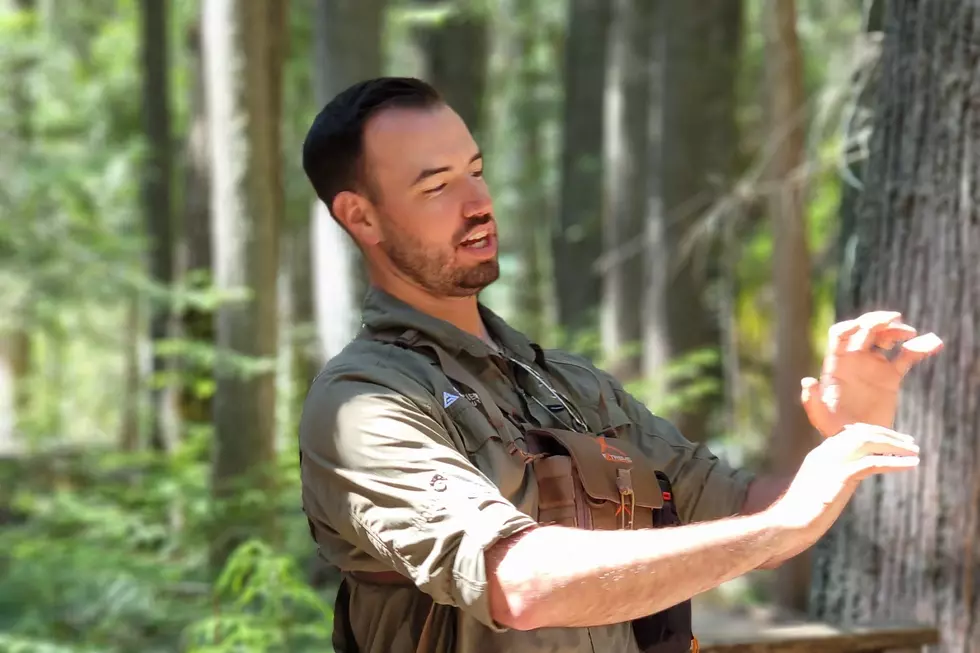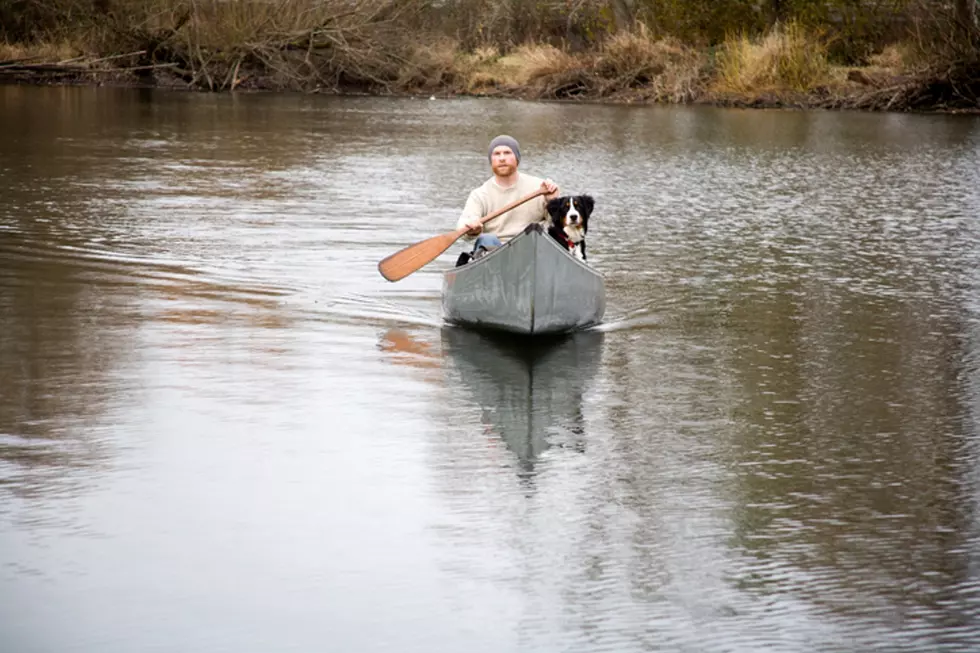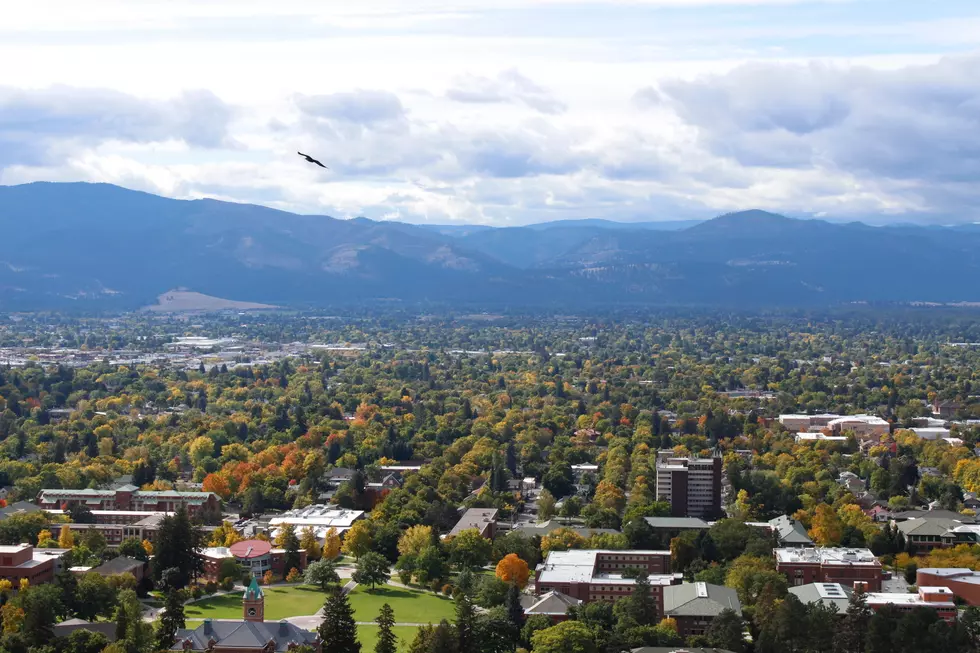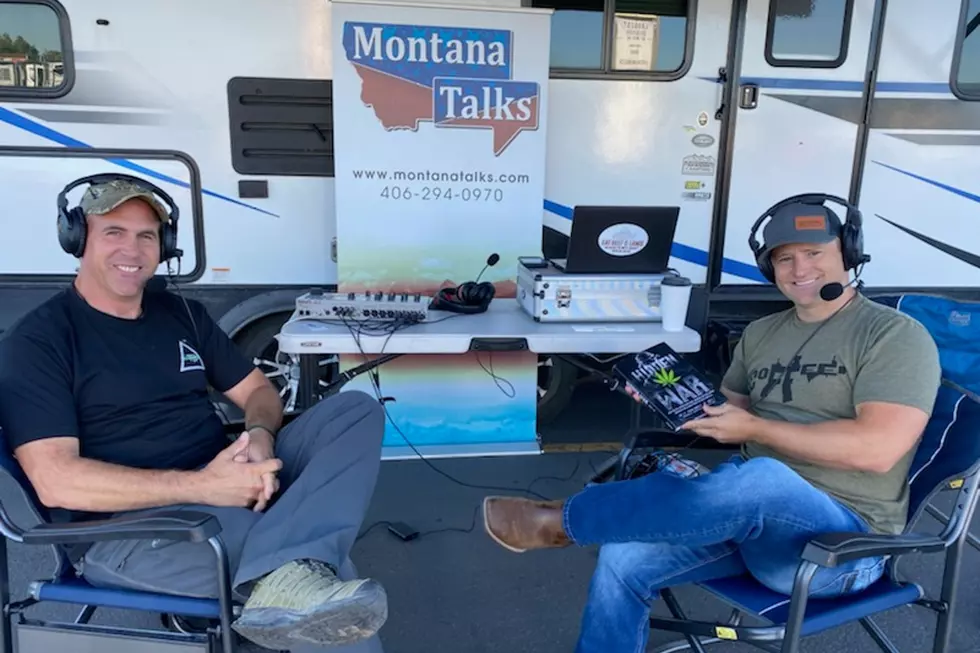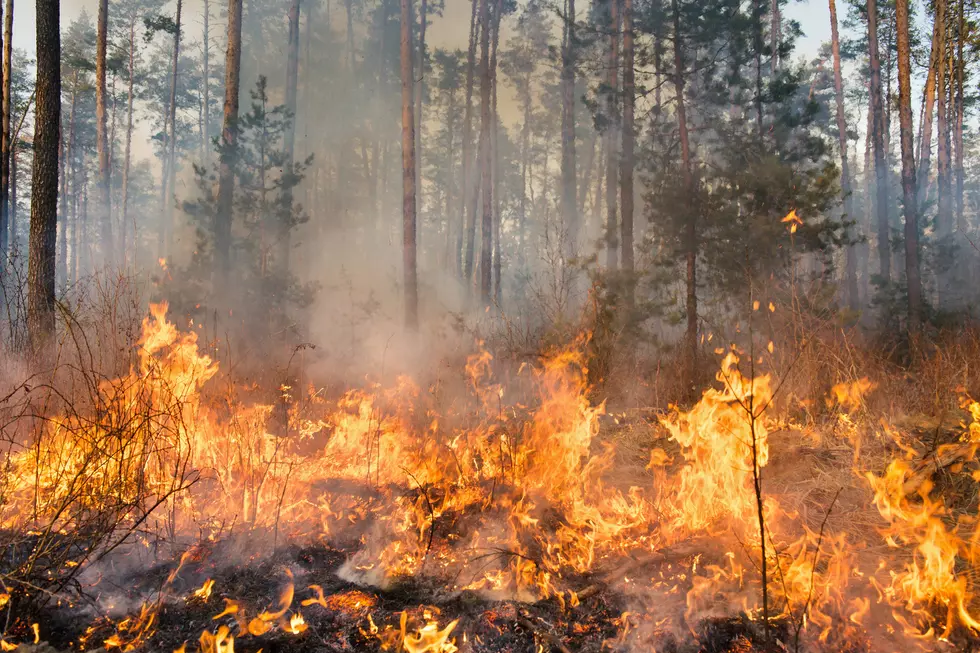
Missoula Air Quality Specialist Warns of Wildfire Smoke
It’s been five years since the major wildfires of 2017, including the Lolo Peak and Rice Ridge Fires, but residents of western Montana still remember the pall of heavy smoke that permeated the Missoula and Seeley Lake areas.
KGVO’s Talk Back show hosted Missoula City-County Health Department Air Quality Specialist Sarah Coefield on the Thursday Talk Back show.
She referenced those fires while encouraging Missoula County residents to prepare now for the wildfire season to come.
“If you want to clean your home on a room by room basis, you can get a portable air cleaner or an air purifier that uses a true HEPA filter that will do an excellent job cleaning the air on a room by room basis,” began Coefield. “You do want to make sure that the machine is large enough for the space that you put it in. If you get one that is smaller, that isn't rated for the size of the room we put it in, the air is not going to get cleaned very fast. We ran into that in 2017 where we had some folks purchasing air cleaners that were too small for the space and they still had just really smoky homes and rooms.”
Coefield said if the commercial air purifiers are too expensive, she suggested a less expensive workaround.
“If you want to save a few bucks, you can make your own air cleaner by getting a newer box fan and an efficient furnace filter that you can just stick on the back of that box fan,” she said. “For that, you're looking for a box fan manufactured after the year 2011 that will have safety features. The Underwriter Laboratories, which is a huge safety organization, actually tested these contraptions and tried really hard to set them on fire and they were unsuccessful.”
The Rice Ridge Fire subjected the residents of that area to unrelenting heavy wildfire smoke for months, so much so that Coefield said the University of Montana initiated a long-term study of the smoke and its health effects.
“In Seeley Lake, the university went up there and got a cohort of folks who had been living in that horrible smoke, which was the worst that we had ever seen,” she said. “Numerically we measure our particulate matter based on a mass of particles in the air and the National Ambient Air Quality Standard they don't want to exceed on a daily basis is 35 microns a cubic meter. They were getting up to 500, 600 over 1000 microns a cubic meter, and we don't actually know how bad it got because our machine maxes out at 1000.”
Coefield described what Missoula area residents should look for if and when the next wildfire sends smoke into the valley.
“Throughout any fire season, I think it's really important to pay attention to how your body's responding to the smoke, and really respect the signals that it is giving you,” she said. “As a smoke event drags on, you might just start to notice more heaviness on your chest, more wheeziness, and less ability to be as active in the smoke as maybe you were at the beginning and really respect that. Don't force yourself to take in these pollutants.”
Click here to listen to the entire hour of conversation with Sarah Coefield.
LOOK: The most expensive weather and climate disasters in recent decades
KEEP READING: Get answers to 51 of the most frequently asked weather questions...
LOOK: The most extreme temperatures in the history of every state
More From KMPT-AM
